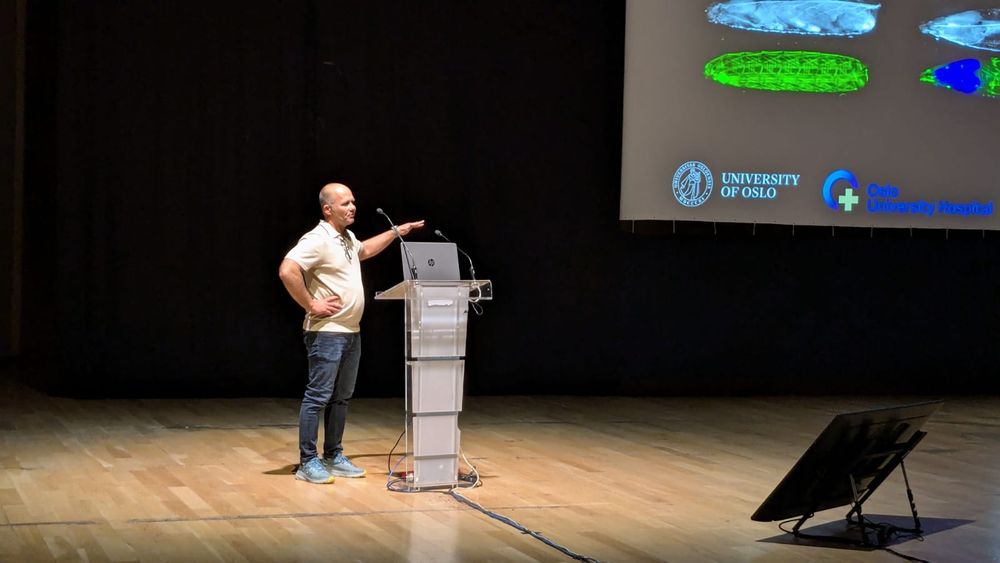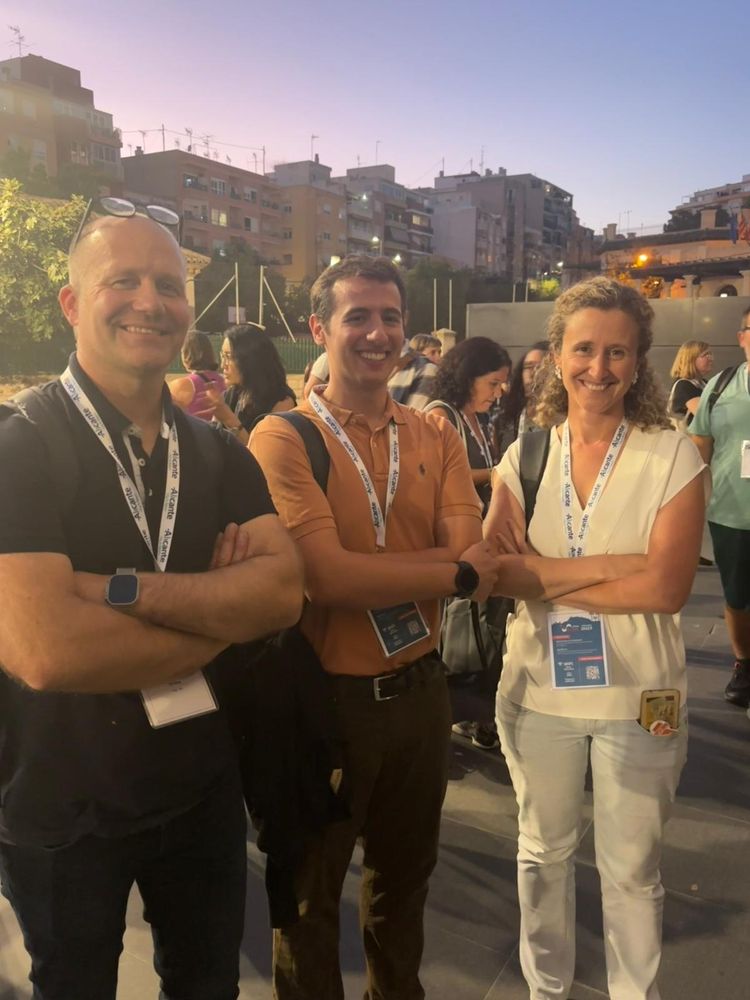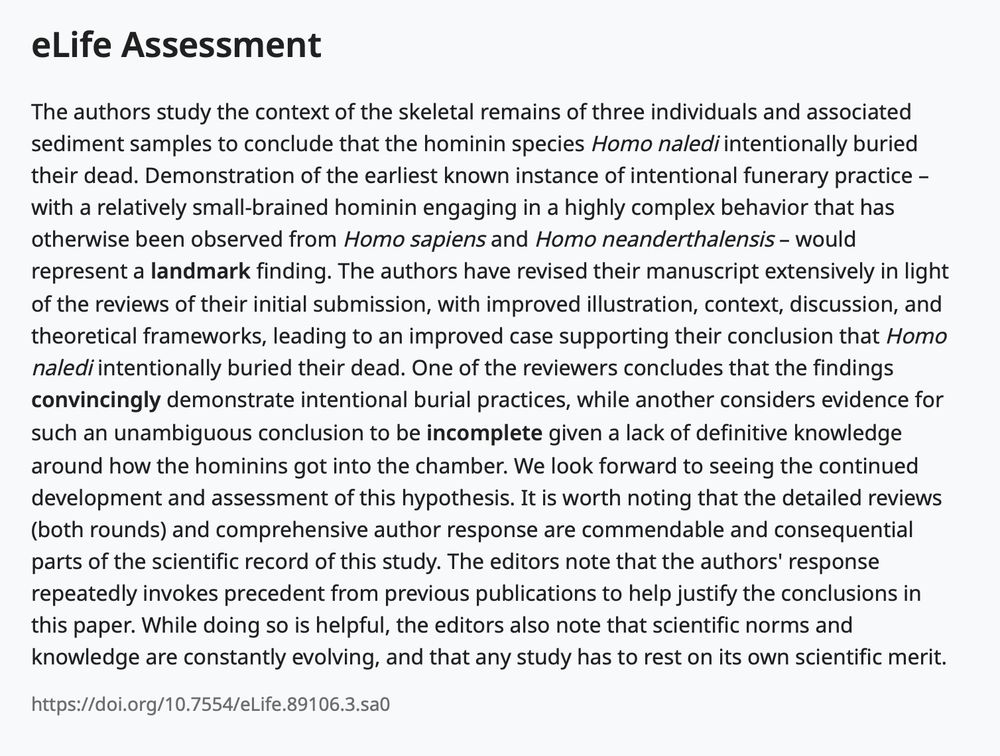José Teles Reis
@josetelesreis.bsky.social
150 followers
350 following
45 posts
PhD candidate. Interested in tumour-host interactions. Rusten lab (@rustenlab.bsky.social) at Institute for Cancer Research, Oslo, Norway.
https://scholar.google.com/citations?user=CavmpvgAAAAJ&hl=en&oi=ao
Posts
Media
Videos
Starter Packs
Reposted by José Teles Reis
Reposted by José Teles Reis
Reposted by José Teles Reis
Reposted by José Teles Reis
Reposted by José Teles Reis
Reposted by José Teles Reis
Reposted by José Teles Reis
Reposted by José Teles Reis
Reposted by José Teles Reis
Reposted by José Teles Reis
Reposted by José Teles Reis
Reposted by José Teles Reis





















